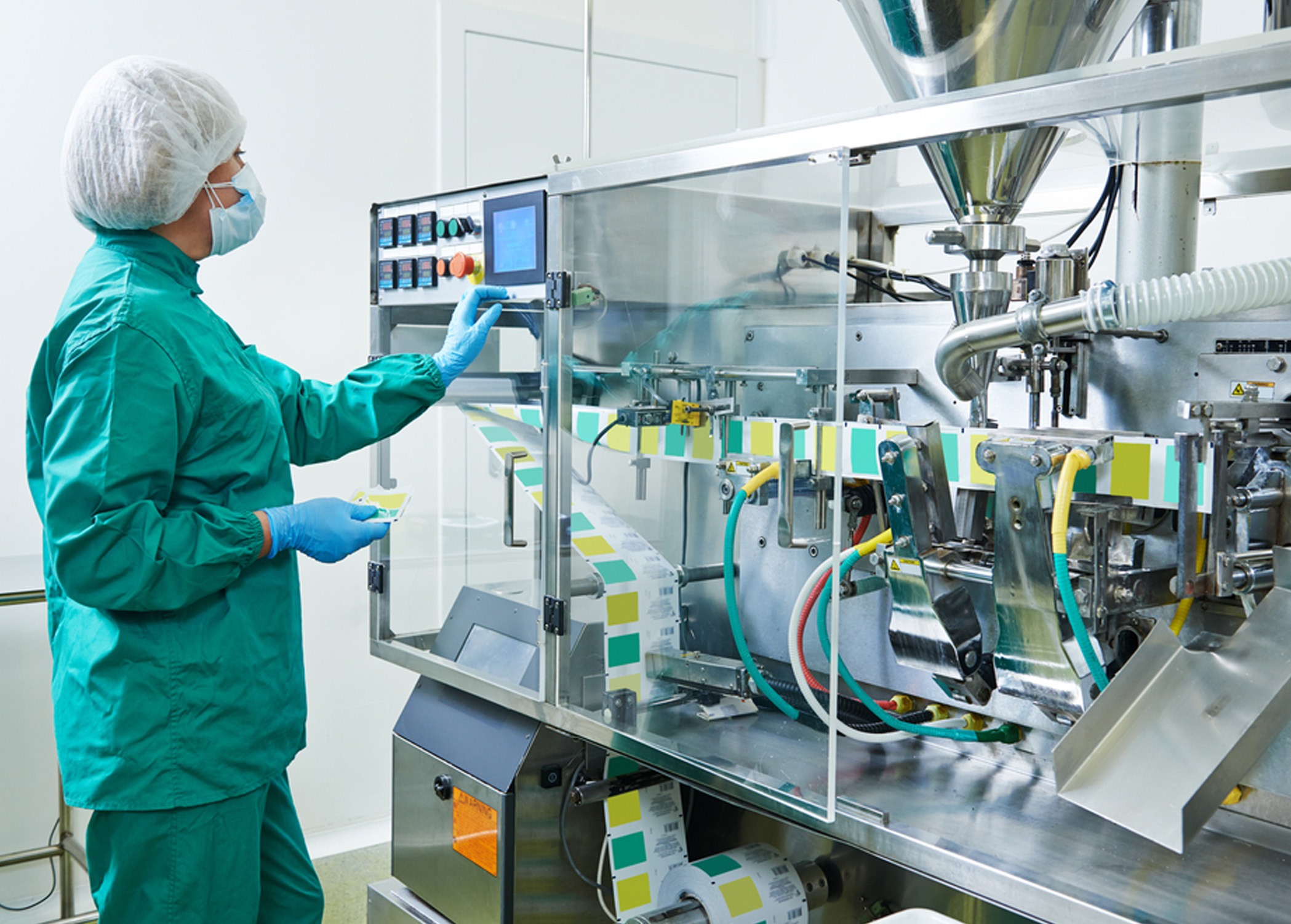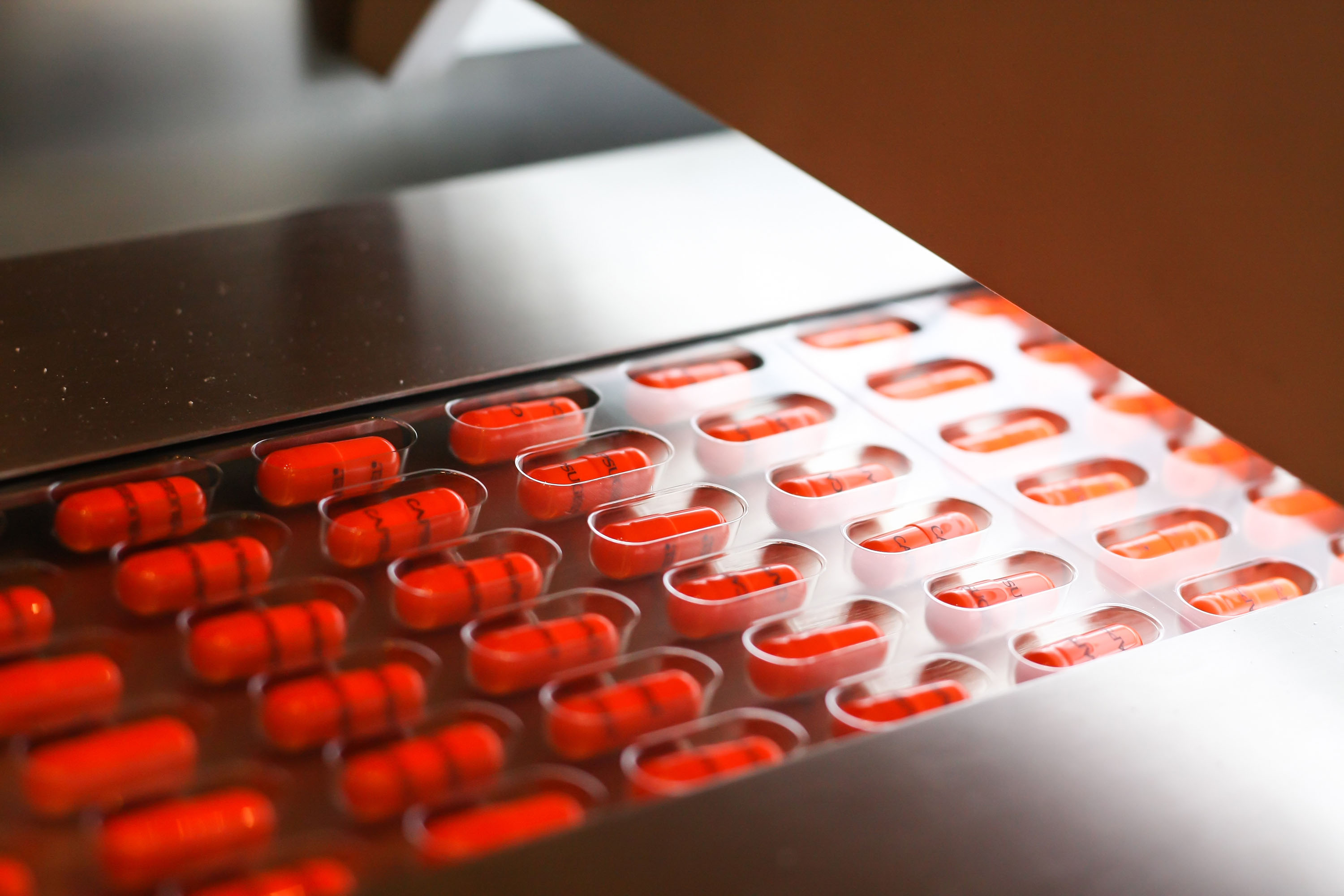Viewpoint

Jonathan Wilkins, marketing director of obsolete industrial automation parts supplier EU Automation, explains how technological advances in automation and robotics are benefitting the pharmaceutical industry of today.
The modern pharmaceutical industry can be traced back to local apothecaries that distributed botanical drugs to local communities. The apothecaries expanded to wholesale manufacture in the mid 1800s. During this time, all of the manufacturing processes were manual and it often took several people to manufacture one bottle of medicine.
A recent study by the Association for Packaging and Processing technologies (PMMI) has predicted that robots will handle 34 per cent of primary pharmaceutical packaging operations in North America by 2018. An increase in the use of robots is particularly significant in dispensing, sorting, kit assembly and light machine-tending. The advantages include greater speed and accuracy, more flexibility and more reliability.
As the use of the robotics in the pharmaceutical industry increases rapidly, it's important to consider the benefits of the latest technologies for manufacturers, researchers and scientists.

Filling, inspection and packaging
The pharmaceutical industry produces millions of tablets each week, all of which must be carefully scrutinised before being packed and shipped to distributors. During this inspection, drug manufacturers must ensure that the correct amount of medication, with the exact chemical composition and weight are precisely packed into the appropriate containers.
Most pharmaceutical packaging systems use automation to manage bottle orientation, capping, labelling and collation systems. Automation of packaging also requires a system that monitors the operation on a supervisory level, checking for low hopper levels, fallen bottles and low-level supplies.
Until recently, Raman spectroscopy was not widely applied in the pharmaceutical industry. However, in the last few years, developments within the industry coupled with improvements in Raman instrumentation have generated increasing interest in the technology. Raman spectroscopy measures the molecular vibration and rotational energy changes of each tablet, ensuring their chemical compounds are correct before distribution.
This is just one stage of pharmaceutical inspection — automation and machine learning is also applied to ensure that products are packed in the correct bottles and boxes with the correct labelling affixed.
Personalised medicines
Despite differences in genetics, age and gender, most people receive identical medical treatment when diagnosed with the same condition. This is because even the world's best scientists and doctors don't fully understand how individuals develop diseases and respond to treatments. This has resulted in a one-size-fits-all approach to medicine that is based on broad population averages.
More recently, the pharmaceutical industry has seen the advent of personalised medicine, bringing the industry closer to more precise, predictable healthcare that is customised to the individual patient. Powered by our increased understanding of genetics and genomics, more doctors are providing better disease prevention, more accurate diagnoses, safer drug prescriptions and more effective treatments.
Personalised medicines need automation to reach their full potential. Automation and around-the-clock processing have already contributed towards an environment where personalised medicine is becoming commercially viable. Broader use of genome sequencing for individuals and continued development of drugs proven effective for particular genetic dispositions will continue to accelerate this trend.
Without automation and robotics, scientists often become hampered by the manual testing of individuals' genomes. Today's automated, high-throughput screening is allowing scientists to access a huge amount of data with little manual interaction. This keeps costs low and increases the speed at which the system can analyse gene sequences.
Automated systems also have the capability to analyse information including patient medical histories, genotype data, familial inheritance and biomedical research. With this in-depth automated data analysis and intelligent interpretation, it is possible to build individual clinical and molecular profiles of each patient and use this to personalise medicine and care. This is particularly important for rare diseases, where individual patient profiles can be assembled and compared with similar cases around the world.

Robotics in the laboratory
The pharmaceutical industry is increasingly making use of robotics to automate specific processes in drug development, including drug screening, anti-counterfeiting and manufacturing tasks. Today, processes such as nuclear magnetic resonance (NMR) and high performance liquid chromatography (HPLC) can have sample preparation carried out by robotic arms.
Additionally, structural protein analysis can be done by automatically using a combination of NMR and X-ray crystallography. X-ray crystallography is an important technique used in drug discovery and involves the detailed analysis of crystal structures of protein-ligand complexes. This allows for the study of specific interactions between a particular drug and its protein target at the atomic level. This process often takes hundreds to thousands of experiments to create a protein crystal suitable for X-ray crystallography. An automated micropipette machine can allow nearly a million different crystals to be created at once and analysed using X-ray crystallography.
Despite these benefits, many pharmaceutical manufacturers are still wary of robotics, seeing it as a new technology that is too complex to implement. Worries relating to cost, ease of use and acceptance by staff often discourage companies from adopting the technology, especially SMEs that believe only large manufacturers can afford it.
In reality, robotics technology can be a great investment. Return on investment often comes in the form of energy savings, flexibility, high-speed production and increased quality. More recently, robotics technology is also becoming more accessible for smaller businesses as the cost is decreasing and they are becoming easier to use.




Nanogenerator consumes CO2 to generate electricity
Whoopee, they've solved how to keep a light on but not a lot else.